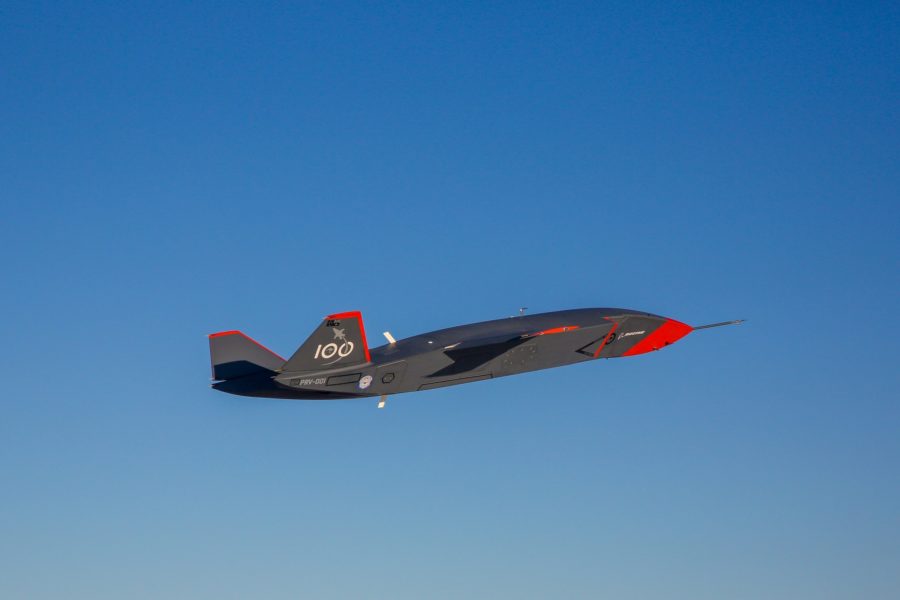House Armed Services Committee chair Rep. Mike Rogers (R-Ala.) wants to create a new position in each service’s secretariat, with the responsibility of finding promising new technologies and helping shepherd them across the so-called “valley of death” between successful prototypes and a program of record.
He also wants to abolish the Office of the Secretary of Defense’s Cost Assessment and Program Evaluation shop.
The new job—outlined in the chairman’s mark for the fiscal 2024 National Defense Authorization Act—would be called the “Principal Technology Transition Advisor” and would report directly to each service secretary, not the service’s acquisition executive. Instead of a new hire, each secretary would have the authority to “designate” an existing staff position to perform the functions of the principal tech transition advisory role.
The position would “advise the secretary on the transition of technologies, including technologies from science and technology program of the department, private commercial entities, research institutions, and universities, to fulfill identified and potential warfighter requirements for the military department,” the draft bill’s language states.
Pentagon technology developers have long complained that promising new capabilities which shine in demonstrations and prototyping often can’t make the leap to a program of record because there isn’t a “pull” requirement from operators. Frequently, such technologies never make the transition, resulting in the gap between useful emerging technologies and operational capability being dubbed “the valley of death.”
The new position is aimed at giving such capabilities greater visibility and top-level sponsorship within each military department.
The tech transition advisor would coordinate with other military departments and the DOD on emerging technologies being developed within the Pentagon’s research and development enterprise, as well as in academia and industry, to nominate programs for acquisition that have already been demonstrated. The new advisor would also coordinate with program managers, informing them about the availability of new technologies that could be inserted into existing programs.
Specifically, the measure says the tech transition advisor will coordinate with the Defense Innovation Unit, the Air Force “AFWERX” organization, or any other similar organization in DOD, with a “focus on accelerating the adoption of emerging technologies for mission-relevant applications or innovation.”
The position would come into being one year after the passage of the 2024 NDAA. Every year thereafter, the officeholder would provide a report to Congress on technologies pulled from the tech base and put into the acquisition track, along with how much was spent on them from various DOD technology incubator accounts.
The chairman’s mark also moved to eliminate CAPE, typically regarded as an independent voice in assessing the validity of service program office cost estimates.
A HASC member staffer said the move was specifically prompted by CAPE questioning congressional mandates regarding the numbers of ships the Navy should build, exploring other options when ship numbers had been set in law by the previous NDAA. The CAPE has had the effect recently of slowing the acquisition process by introducing approaches “that are not up for debate,” the staffer said.
The language would leave up to the Secretary of Defense which organization would fulfill the CAPE’s mission. The Office of the Secretary of Defense said it does not comment on pending legislation.
The full committee markup is expected June 21.
